Introduction
Safe driving technologies have revolutionized the way we navigate the roads, offering increased safety for both drivers and pedestrians. These advanced systems utilize sensors, cameras, and algorithms to detect potential hazards and warn drivers about potential dangers. This blog article explores the importance of safe driving technologies in enhancing overall road safety, highlighting the key features and benefits of various systems. With the integration of these technologies into vehicles, accidents and collisions can be significantly reduced, making roads safer for everyone.
Importance of Safe Driving Technologies for Road Safety
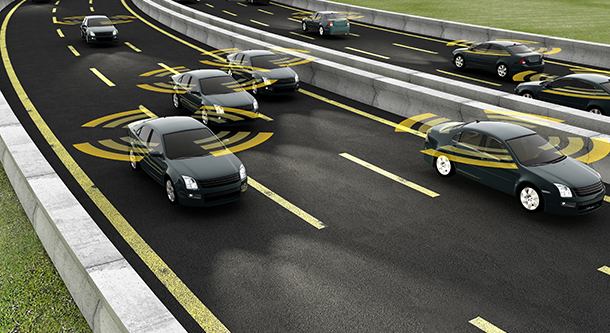
Safe driving technologies play a crucial role in enhancing road safety for all users. These advanced systems have the ability to detect potential hazards and warn drivers, reducing the risk of accidents and collisions. By providing real-time alerts and assistance, safe driving technologies help prevent dangerous situations and improve driver awareness. Incorporating these technologies into vehicles has proven to be instrumental in reducing injuries and fatalities on the road, making them essential for promoting safer driving practices.
Overview of Safe Driving Technologies

Safe driving technologies encompass a range of advanced systems designed to enhance road safety. These technologies utilize various sensors, cameras, and algorithms to detect potential hazards and provide real-time alerts to drivers. Some key examples include blind spot detection and warning systems, forward collision warning and automatic emergency braking systems, lane departure warning and lane-keeping assist systems, and adaptive cruise control with traffic jam assist. These technologies work together to help prevent accidents, reduce injuries, and improve overall driver awareness on the road.
Blind Spot Detection and Warning Systems

Blind Spot Detection and Warning Systems are designed to enhance driver awareness and prevent accidents caused by blind spots. Using sensors or cameras, these systems monitor the vehicle's blind spots and alert the driver when there is a vehicle in the adjacent lane. The alerts can be in the form of visual or audible alerts, or even vibrating the steering wheel or seat. By providing real-time information, these systems help drivers make safer lane change decisions and reduce the risk of collisions.
Function and Benefits of Blind Spot Detection Systems
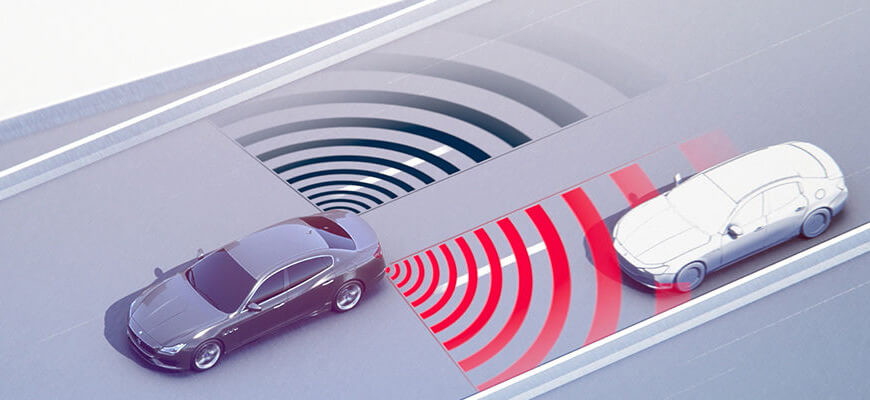
Blind Spot Detection Systems use sensors or cameras to monitor a vehicle's blind spots and alert the driver when there is a vehicle in the adjacent lane. This real-time information enhances driver awareness and helps prevent accidents caused by blind spots. The benefits of these systems include improved lane change decision-making, reduced risk of collisions, and overall enhanced road safety.
Types and Features of Blind Spot Warning Systems

There are several types of blind spot warning systems available in vehicles today. These systems can use different technologies such as radar, ultrasonic sensors, or cameras to detect vehicles in the blind spot. The features of these systems may vary, but common ones include visual alerts such as blinking lights on the side mirrors or in the dashboard, as well as audible warnings such as beeping sounds. Some advanced systems can even provide haptic feedback through the steering wheel or seat vibrations to further alert the driver.
Forward Collision Warning and Automatic Emergency Braking
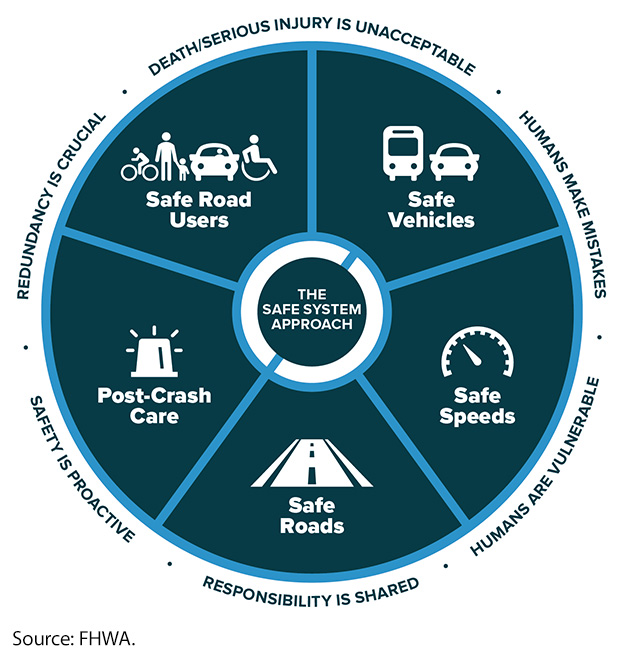
Forward Collision Warning systems use sensors to detect when a vehicle ahead is too close or if a collision is imminent. They provide visual and audible alerts to warn the driver to take action. Automatic Emergency Braking systems take it a step further by automatically applying the brakes if the driver does not respond to the warning, potentially preventing a collision or reducing its severity. These technologies are designed to significantly enhance safety on the road by reducing the risk of frontal collisions.
How Forward Collision Warning Systems Work

Forward Collision Warning (FCW) systems use sensors, such as radar or cameras, to monitor the distance and speed of vehicles ahead. These sensors constantly analyze the road conditions and calculate the likelihood of a collision. If the system detects a potential collision, it alerts the driver through visual and audible warnings, prompting them to take immediate action to avoid a crash. The FCW system is designed to provide an additional layer of safety by helping drivers be more aware of their surroundings and potential hazards on the road.
Benefits and Effectiveness of Automatic Emergency Braking

Automatic Emergency Braking (AEB) is a crucial safety feature that can significantly reduce the risk of rear-end collisions. By using sensors to detect potential obstacles ahead, AEB systems can automatically apply the brakes to prevent or minimize the impact of a collision. This technology has shown to be highly effective in reducing both the frequency and severity of accidents. In fact, studies have found that vehicles equipped with AEB have experienced a significant reduction in rear-end collisions. This not only enhances road safety but also helps to prevent injuries and save lives.
Lane Departure Warning and Lane Keeping Assist Systems

Lane Departure Warning (LDW) systems use sensors to monitor lane markings and alert the driver if they unintentionally drift out of their lane. This feature helps prevent accidents caused by distracted or drowsy driving. Lane Keeping Assist (LKA) systems take LDW a step further by actively steering the vehicle back into the correct lane. These systems provide an additional layer of safety and help reduce the risk of lane departure-related accidents.
Function and Importance of Lane Departure Warning Systems
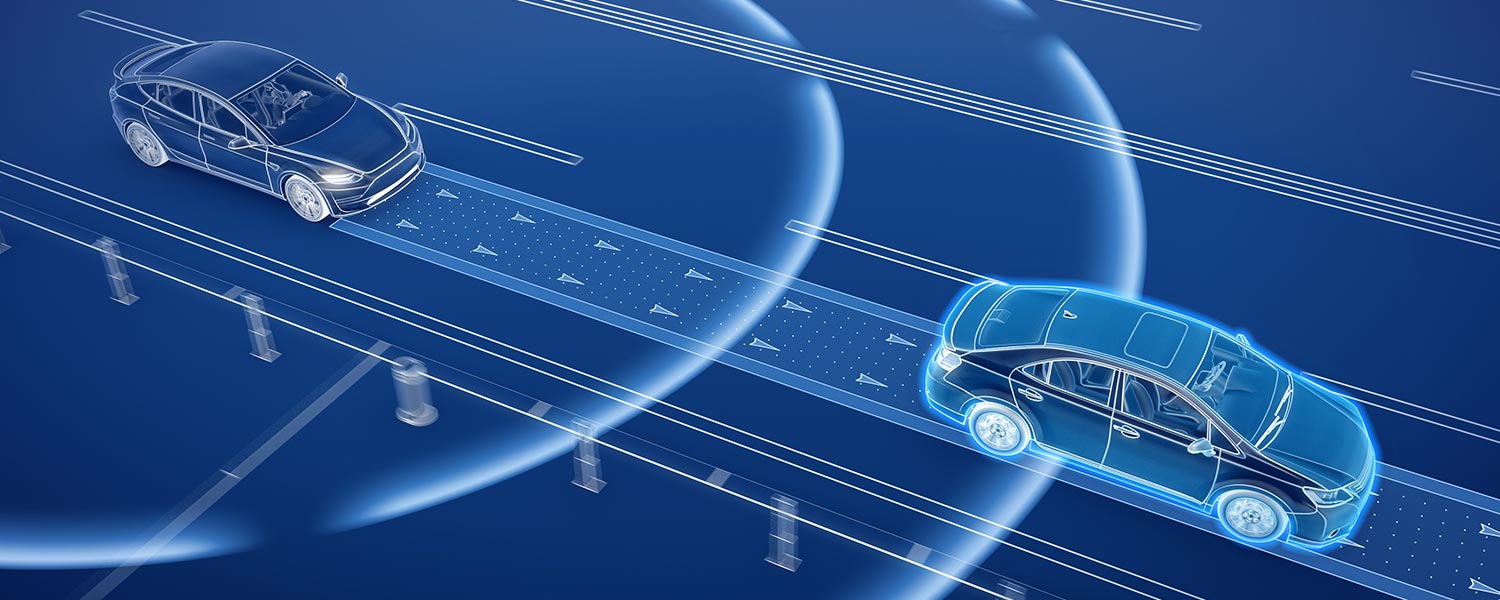
Lane Departure Warning (LDW) systems use sensors to monitor lane markings and alert the driver if they unintentionally drift out of their lane. This feature helps prevent accidents caused by distracted or drowsy driving. LDW systems provide a crucial safety measure by giving drivers a warning and allowing them to take corrective action before a potential lane departure accident occurs.
Features and Advantages of Lane Keeping Assist Systems
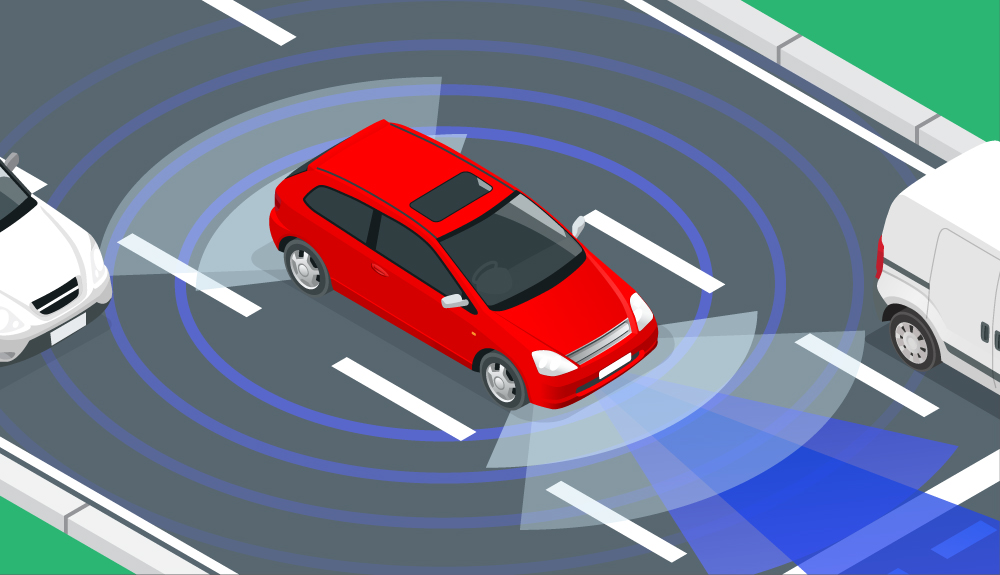
Lane Keeping Assist systems go beyond warning drivers about unintentional lane drift by actively assisting in keeping the vehicle within the designated lanes. These systems use sensors to detect lane markings and gently steer the vehicle back on track, providing continuous support. The advantages of Lane Keeping Assist systems include:
- Increased Safety: Lane Keeping Assist systems provide an extra layer of safety by actively preventing lane departures. They help reduce the risk of accidents caused by driver inattention or fatigue.
- Improved Driving Experience: Lane Keeping Assist systems make driving more comfortable and less stressful by reducing the need for constant steering corrections. They help drivers maintain a consistent lane position, especially on long journeys.
- Customization Options: Many Lane Keeping Assist systems allow drivers to adjust the sensitivity of the steering assistance to suit their preferences. This customization ensures a personalized driving experience.
- Integration with other Safety Features: Lane Keeping Assist systems often work in conjunction with other safety technologies, such as Adaptive Cruise Control and Forward Collision Warning. This integration enhances overall safety on the road.
- Higher Resale Value: Vehicles equipped with Lane Keeping Assist systems often have higher resale value due to their advanced safety features. These systems are highly sought after by buyers looking for added safety measures.
In summary, Lane Keeping Assist systems offer a range of features and advantages that contribute to improved road safety and enhance the driving experience. Their ability to actively assist in keeping the vehicle within the designated lanes provides an added layer of safety, while customization options and integration with other safety features add further value.
Adaptive Cruise Control and Traffic Jam Assist

Adaptive Cruise Control (ACC) enhances safety on the road by automatically maintaining a set distance from the vehicle ahead, adjusting the speed accordingly. It reduces the need for constant speed adjustments, improves traffic flow, and minimizes the risk of rear-end collisions. Traffic Jam Assist, a feature of ACC, adds further convenience by assisting with steering inputs in stop-and-go traffic situations. This helps reduce driver fatigue and stress, making driving in congested traffic more comfortable and efficient. ACC and Traffic Jam Assist systems provide a valuable combination of safety and convenience.
How Adaptive Cruise Control Enhances Safety on the Road

Adaptive Cruise Control (ACC) enhances safety on the road by automatically maintaining a set distance from the vehicle ahead. Using sensors and radar technology, ACC adjusts the speed of the vehicle to match the flow of traffic, reducing the need for constant speed adjustments by the driver. This helps prevent tailgating and minimizes the risk of rear-end collisions. ACC also provides an added layer of safety in poor weather conditions or when driving in heavy traffic.
Benefits and Functionality of Traffic Jam Assist Systems
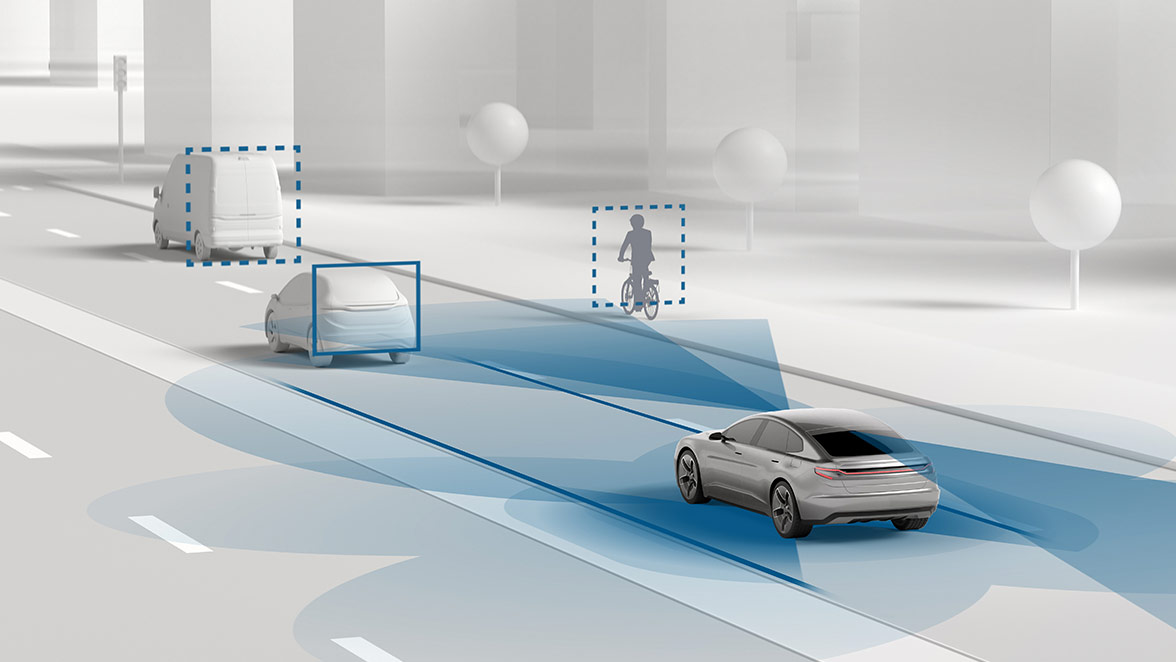
Traffic Jam Assist systems provide numerous benefits to drivers in congested traffic situations. These systems use a combination of adaptive cruise control and lane keeping assist to automatically maintain a safe distance from the vehicle ahead and keep the vehicle centered in its lane. By taking over the acceleration, braking, and steering tasks, Traffic Jam Assist reduces driver fatigue and stress. It allows drivers to have a more relaxed driving experience while still ensuring safety on the road.
Conclusion

In conclusion, safe driving technologies play a crucial role in enhancing road safety for all. Blind spot detection, forward collision warning, lane departure warning, adaptive cruise control, and traffic jam assist systems offer effective solutions to mitigate risks and improve driver awareness. When choosing a vehicle, it is important to consider the presence of these technologies, as they contribute significantly to safer driving experiences and reduced accidents on the road.
Overall Impact of Safe Driving Technologies on Road Safety

Safe driving technologies have had a significant impact on road safety, reducing the risk of accidents and improving driver awareness. With features like blind spot detection, forward collision warning, lane departure warning, adaptive cruise control, and traffic jam assist systems, these technologies have proven to be effective in preventing collisions and promoting safer driving habits. The integration of these technologies into vehicles has undoubtedly enhanced road safety for all drivers.
Considerations when Choosing Vehicles with Safe Driving Technologies

When choosing a vehicle with safe driving technologies, there are several important considerations to keep in mind. These include:
- Research and compare: Take the time to research and compare different makes and models to find the vehicles that offer the specific safe driving technologies you desire.
- Budget: Determine your budget and consider the cost of vehicles with advanced safety features. Keep in mind that while these technologies can increase the price of a vehicle, they can also save lives and prevent accidents.
- Personal needs and preferences: Consider your personal needs and preferences, such as the size of the vehicle, fuel efficiency, and additional features that may enhance your driving experience.
- Test drive: Before making a final decision, take the vehicle for a test drive to experience the performance of the safe driving technologies firsthand.
- Check for reliability and durability: Research the reliability and durability of the vehicle and its safety technologies to ensure they will provide long-term benefits.
By considering these factors, you can choose a vehicle with safe driving technologies that align with your requirements and contribute to a safer driving experience.